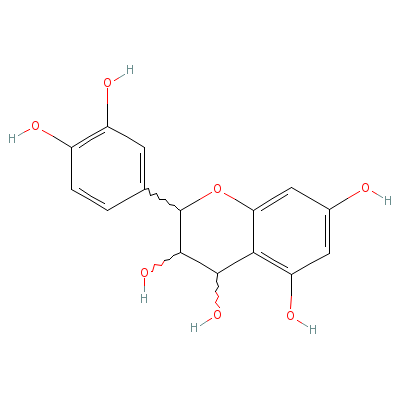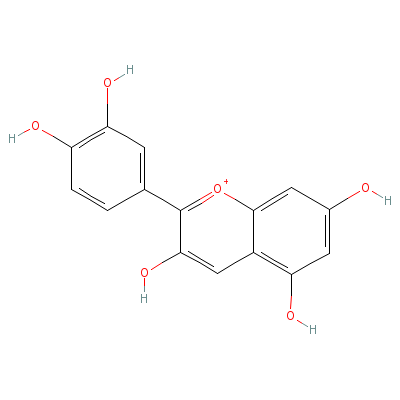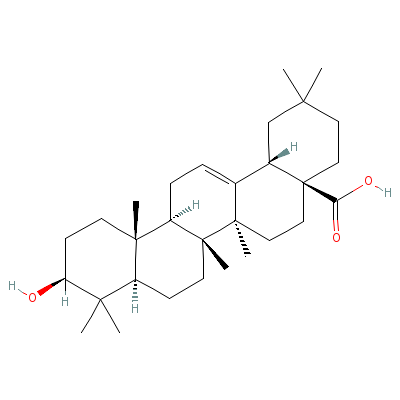Sesbania grandiflora (L.) POIRET. |
| |
|
|
Botanical Name |
: |
Sesbania grandiflora (L.) POIRET. |
English
Name |
: |
Agati Sesban |
Synonym(s) |
: |
Aeschynomene coccinea L. f. Aeschynomene grandiflora (L.) L. Agati coccinea (L. f.) Desv. Agati grandiflora (L.) Desv. Agati grandiflora (L.) Desv. var. coccinea (L. f.) Wight & Arn. Coronilla coccinea (L. f.) Willd. Coronilla grandiflora (L.) Willd. Dolichos arboreus Forsskal. Emerus grandiflorus (L.) Kuntze, Resupinaria grandiflora (L.) Raf. Robinia grandiflora L. Sesban coccinea (L. f.) Poiret. Sesban grandiflorus (L.) Poiret., Sesbania coccinea (L. f.) Pers. |
Family |
: |
Fabaceae |
| |
General Info
| Description |
 |
|
A small erect quick-growing short-lived soft-wooded tree to 10 m tall, sparsely branched. Bole straight and cylindrical, the wood white and soft. Bark light gray, corky, deeply furrowed. Leaves pinnate, 15 to 30 cm long, with 16 to 30 pairs of linear oblong leaflets. Racemes 2.5 cm long. Flowers 2 to 4, white to pink, pendulous the corolla 7 to 9 cm long. Pods 50 to 60 cm long. |
| Herb Effects |
 |
|
Aleviates spasms, depresses the central nervous system, diuretic and hypothermic (aerial part); hemolytic (flower); alexeteric, laxative, and intellectually stimulating (fruits); alexeteric, anthelmintic (leaves) |
Chemistry
| Active Ingredients |
 |
|
Leucocyanidin and cyanidin (seed); oleanolic acid and its methyl ester and kaemferol-3-rutinoside (flower). |
| Chemistry
of Active Ingredients |
 |
|
|
 |
Name |
CAS# |
IUPAC Name |
Formula |
Structure |
 |
|
| Leucocyanidin |
480-17-1 |
2-(3,4-dihydroxyphen
yl)chroman-3,4,5,7-t
etrol |
C15H14O7 |

|
| Cyanidin |
87725-42-6 |
[2-(3,4-dihydroxyphe
nyl)-3,7-dihydroxy-c
hromen-5-ylidene]oxo
nium |
C15H11O6+ |

|
| Oleanolic acid |
508-02-1 |
10-hydroxy-2,2,6a,6b
,9,9,12a-heptamethyl
-1,3,4,5,6,6a,7,8,8a
,10,11,12,
13,14b-t
etradecahydropicene-
4a-carboxylic acid |
C30H48O3 |

|
| Kaempferol-3-rutinoside |
17353-03-6 |
7-[4,5-dihydroxy-6-(
hydroxymethyl)-3-(3,
4,5-trihydroxy-6-met
hyl-oxan-2
-yl)oxy-
oxan-2-yl]oxy-3,4-di
hydroxy-2-(4-hydroxy
phenyl)-chromen-5-on
e |
C27H30O15 |

|
|
Pharmacology
| Medicinal Use |
 |
|
For bruises, catarrh, dysentery, sore eyes, fevers, headaches, smallpox, sores, sorethroat, and stomatitis (plant); used in treating smallpox and other eruptive fevers (bark); to treat headache, head congestion, or stuffy nose (flower juice); poulticed onto bruises, for epilepsy, gout, itch, leprosy, nyctalopia, and ophthalmia (leaves); on rheumatic swellings, for inflammation (root powder);for anemia, bronchitis, fever, pain, thirst, and tumors (fruits); for biliousness, bronchitis, gout, nyctalopia, ozoena, and quartan fever (flowers). |
| Reference |
 |
|
 Chandel et al., Biodiversity in Medicinal and Aromatic Plants in India. Chandel et al., Biodiversity in Medicinal and Aromatic Plants in India.
|
Dealers
Products
|
|